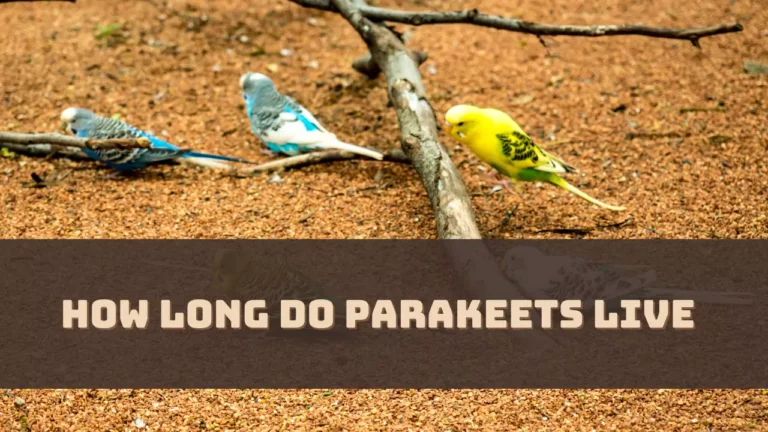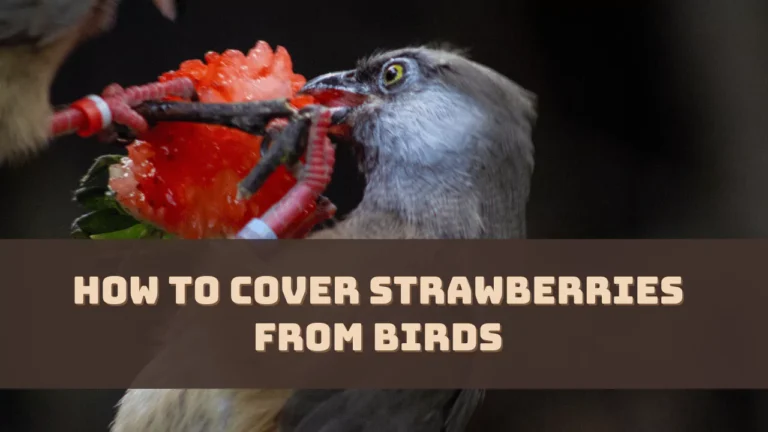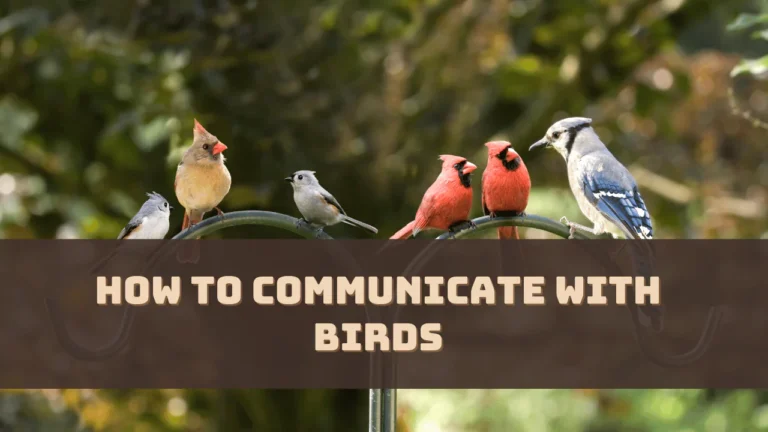Birds love blueberries and they can become a nuisance for blueberry farmers leading to significant yield losses. It doesn’t matter whether you have a large field of blueberries or a small farm in your backyard, birds get attracted to blueberries and overnight can make your plantings barren.
You can try different categories of protection to save the blueberries including physical barrier, visual and auditory barrier, repellents, and employing predators.
So, let’s get to the depth and learn about the strategies.
Which are the Common Blueberry Eater Birds?
Both big and small birds can consume blueberries but the most common ones are Starlings and Robins and these are considered to be agricultural pests.
Starlings attack the fruit along with its flocks and eat away the entire fruit or use their claws to puncture the berries. Robins, on the other hand, come individually or in small groups and treat blueberries as their snack. You might find house finches and red-winged blackbirds are also attacking blueberries.
Other birds commonly attracted to blueberries are – the Baltimore Oriole, Eastern Bluebird, Eastern Towhee, Gray Catbird, Veery, Northern Flicker, and Scarlet Tanager.
4 Ways to Protect Blueberries from Birds
Here are the 4 common strategies that are applied by blueberry farmers as a strategy for blueberry bird control.
1. Use Physical Barrier
The common and best foolproof option is netting. You can pick a size either small or medium based on the blueberry growing farm. These nets act as a barrier between the ripening berries and birds.
You can use three-quarter inch mesh which would be able to restrict small birds as well. You wouldn’t like snakes to get tangled in the mesh, so keep the net at least 8 to 12 inches off the ground.
You can use poles to cover the plants with the net, this would prevent the birds from getting close to the blueberries that would try to perch or land on the mesh. Do not wrap the mesh on the blueberry plantlings, otherwise the bird can push against them and access the berries.
2. Use Visual and Auditory Barrier
You can use shiny tapes, terror eye balloons, or hawk-shaped kites as visual barriers. This would either distract or terrify the birds from attacking or feeding on the blueberries. Also, fluttering and reflective markings intimidate the birds and keep them away. You can also use scarecrows which sway as the wind blows so that the birds get terrified and also cannot use them as a perching ground.
Loud noise, distress calls, and predator calls act as auditory tactics or distractors to prevent birds from feeding on the blueberries. These strategies would definitely scare away the birds and keep the blueberries safe. However, you must keep checking that the auditory options do not become annoying for you and the neighbors and also check the local regulations before applying them.
Do not fall for devices that claim to produce ultrasonic sound as they are not quite effective in keeping away the avians. You can try to set up a dual option that includes both visual and auditory tricks to keep away the feathered creatures, such as – trying a combination of hawk kites along a predatory cry.
3. Use Repellent
You can use repellant sprays to keep the birds from consuming the blueberries. Use methyl anthranilate as it is approved by the FDA as an avian-repelling agent. This chemical makes the fruits smelly and so birds avoid them. These liquid bird repellents can help to reduce crop loss by 87%. Moreover, this does not change the taste, growth, and appearance of the fruit.
You can also make a repellent spray at home by mixing 4 packets of Grape Kool-Aid in one gallon of water and when the fruits begin to gain color you need to spray the plants. However, you need to respray after rain and also it remains effective only for a few days.
You can also mix five pounds of granulated sugar with two quarts of water and heat it to allow the sugar to dissolve. This creates a repellent solution, that you need to spray when the berry ripens and right after it rains. Moreover, the solution is safe for humans, avians, and insects.
However, the problem is that birds can only understand the difference if these solutions are sprayed in high concentration and also they might consume a lot of berries before they feel the difference and avoid visiting the field.
4. Replicate Presence of Predators
Blueberry feeders sense the presence of a predator and avoid the blueberry fields. So, try to attract raptors by building a nesting box for them in the yard. You can also ask your neighbors whether you can build one in their yard as well. These raptors do not harm the blueberries but definitely drive away the avian pests.
Install these nesting boxes, placed at a height of 10 to 30 feet, on freestanding trees or poles. The boxes should have a floor size of 8 inches x 8 inches, a depth of 16 to 18 inches, and at least three inches entry hole. Line up the bottom using the wood chips and provide food that would attract the raptors.
When is the Best Time to Keep Blueberries Out of Reach from Birds?
If you want to protect the blueberries from birds, then you must understand when is the best time to keep away the avian pests. Some birds help in pollination, so you need to wait till the berries are formed and the fruits show signs of ripening, and then you can apply the protecting strategies.




